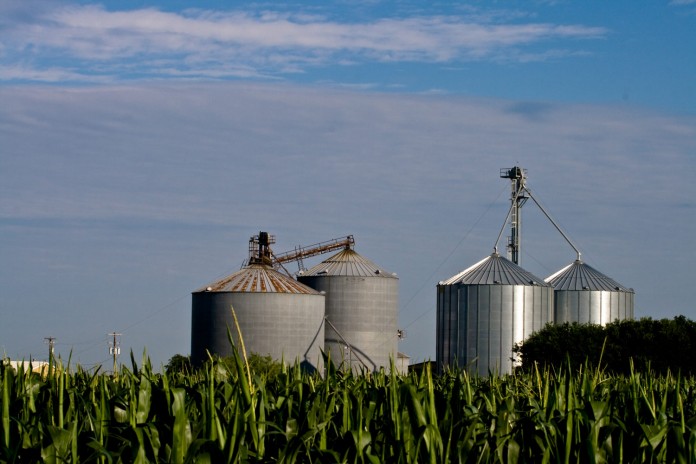UNIVERSITY PARK, Pa. — In the U.S, more than 2 million youth work in agricultural production, which is among the country’s most hazardous industries. Reducing the risk of injury or death for young people on farms is the goal of a new project aimed at developing a coordinated national approach to youth farm safety education.
Led by safety experts in Penn State’s College of Agricultural Sciences, the Safety in Agriculture for Youth project will serve as an umbrella for curricula, programs, activities and expertise across the country, with an eye toward increasing safety and health knowledge and reducing hazard and risk exposure to youth on farms and ranches.
Financing
The two-year project is supported by a $600,000 grant from the USDA’s National Institute of Food and Agriculture.
“Agriculture is one of the most dangerous industries in the nation, and as such, thousands of youth are injured and hundreds are killed every year by hazards found on the farm,” said USDA Deputy Under Secretary for Research, Education and Economics Ann Bartuska, who announced the grant at the recent 2013 North American Agricultural Safety Summit in Minneapolis.
“As youth play a vital role in the productivity of American agriculture, USDA has a responsibility to the education and resources needed to train youth in safe farming practices,” she said.
Plans
The long-term vision is to develop a sustainable and accessible national clearinghouse for agricultural safety and health curricula for youth, according to project leader Dennis Murphy, Distinguished Professor of Agricultural Safety and Health at Penn State.
He explained the project is designed to connect and enhance existing educational resources, create a centralized location for relevant training and safety materials, and raise awareness, access and utilization of farm safety materials by youth.
“This national collection of resources must be sensitive to all types and scales of production agriculture and to all ages and experience levels of target audiences,” Murphy said.
“It also must include parents and other educators, must be culturally appropriate, and must be useable in both formal (school) and nonformal (home and ag industry) educational settings.”
Oversight
He noted that a national steering committee will provide oversight and direction and will engage partners such as the Department of Education, the Department of Labor, FFA, Farm Bureau, Farmers Union, the Ag Safety and Health Council of America and the National Council for Agricultural Education.
“The committee will work to identify curriculum and testing gaps, certification needs and industry-recognized credentials,” Murphy said.
“Training that falls under the project umbrella will align with nationally recognized core competencies and learning outcomes for farm safety education, such as the Career Cluster Content Standards of the National Council for Agricultural Education.”
Project co-directors include Davis Hill, senior extension associate in agricultural and biological engineering at Penn State, and farm safety specialists Dee Jepson, of Ohio State University, Michael Pate, of Utah State University, and Mark Purschwitz, of the University of Kentucky.
CareerSafe LLC, a developer of online safety training courses for youth, also is a partner in the project.
Other goals
Other project objectives will be led by partnering institutions:
- Develop 10-hour, Occupational Safety and Health Administration-approved ag safety and health training courses for online and classroom delivery (CareerSafe and Ohio State).
- Develop an immersive 3-D virtual learning environment for teaching farm safety hazards to youth ages 13-15 (University of Kentucky).
- Establish a risk assessment protocol for developing supervision strategies and guidelines for secondary students’ formal experiential learning activities (Utah State).
- Develop and implement a national strategy to promote awareness and use of youth safety materials among farm safety instructors, parents, youth, 4-H programs and others (Ohio State).
Murphy pointed out that of the 28 ag-related fatalities that occurred in Pennsylvania in 2012, a quarter involved youth ages 19 and younger.
“By creating a comprehensive and coordinated resource, we hope to reduce these kinds of tragedies on the nation’s farms and ranches and impart safety knowledge and habits that will last throughout these young people’s lifetimes,” he said.










